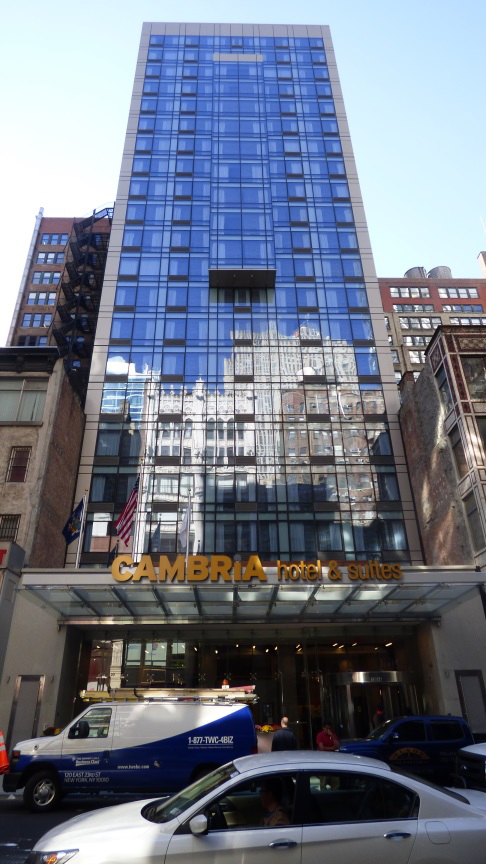News:
Green Buildings
Posted: October 27, 2014
Navigating utility, energy and environmental risk in a transformational time
If you were in New York City in August for the Northeast blackout of 2003, you were either terrified or had one of the best days of your life. My experience was the latter. I saw a city come together in ways I like never before, unified by inconvenience. Ordinary New Yorkers directed traffic to prevent accidents; perfect strangers carpooled home across our bridges; the elderly were given bottles of water and rides home; bars gave away beer by the gallon; and restaurants handed out ice-cream and other perishables. I sat with my neighbors drinking wine on the stoop, actually getting to know them beyond the typical nod and smile we generally shared before stepping into our electrically charged, temperature controlled worlds. We could see stars.
There may be an interesting case for an extending Earth Hour's "turning off the lights" campaign here, but one thing is certain - we do not want our power going out unless it is a conscious choice. Too many critical services dependent on consistent power - healthcare, elevators, and datacenters, to name a few.
A proliferation of devices and applications drive increased electricity consumption and the grid must adapt to a generation landscape in a state of transformation: de-commissioning coal and nuclear assets, integrating distributed generation like solar and wind. EPA mandates to reduce CO2, and a new climate landscape that threatens weather intensification and variability—causing flooding and drought.
Our buildings must become smart, responsive, and resilient - and fast. This preparedness also allows buildings to react to price signals quickly (energy prices WILL rise), manage assets intelligently, and stay on-line during future grid outages.
So where do to start? First, get the right data. If your building uses a lots of energy, you likely have an interval meter account from ConEd, which can reveal the programs and technology solutions capable of saving you big money and reducing risk to your infrastructure. Resources are available that to analyze this data for free. Visit www.gridmarket.com and upload your property to the marketplace to see which projects could be a good fit. There may also be opportunities to get paid money per s/f to lease out your underutilized space for energy and resiliency projects. Getting paid to harden your infrastructure and reduce costs is a win-win. With the energy landscape only slated to become riskier over the next few years, it's time to plan accordingly, and leverage available resources (especially free ones!) to future-proof your property.
Nicholas Davis is the managing director at AGRION America, New York, N.Y.
Tags:
Green Buildings
MORE FROM Green Buildings
IREON Insights: DURA Architectural Signage manufactures and delivers over one million signs
Long Island City, NY Since its founding in 1955, IREON member DURA Architectural Signage has proudly manufactured and delivered more than one million signs to clients across a wide range of industries. From architectural interior signage to large-scale exterior installations, their work can be seen in corporate

Quick Hits







.gif)


.jpg)
.gif)